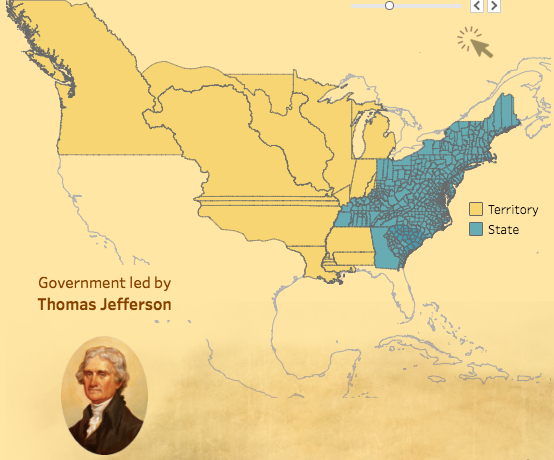by Nate Watson | Jul 20, 2017 | News
Our staff augmentation model proves that CAN believes in building a data analytics team from within. Our goal is to get a data scientists in every company in Omaha. We want to add value to every business team by training a data scientist with the latest tools of the...
by Nate Watson | Jul 11, 2017 | News
Did you know CAN’s blog is full of sound data science related advice dating back to the beginning of CAN? In case you didn’t, we make it a habit to regularly re-post our favorites. What follows are reasons why you should consider becoming a data scientist....

by Nate Watson | Jul 4, 2017 | News
Cheers to happy and safe Fourth of July! For our celebration, we’re sharing this Tableau visualization about the growth of our United States. Data + history = fun. Check it out here.

by Nate Watson | Jun 27, 2017 | News
Tableau is a data visualization software that CAN uses daily with our customers. We even have our own Tableau expert on staff: Matt Hoover. But Tableau isn’t just for those who pursue predictive analytics, like us. Tableau is a really awesome tool for anyone who...
by Nate Watson | Jun 20, 2017 | News
History is a fascination for us at CAN for two reasons. The first is that we find our own history pretty fascinating. Did you know that CAN has been around for 9 years? Pretty cool. The second reason is that we want the world to know that predictive analytics...


